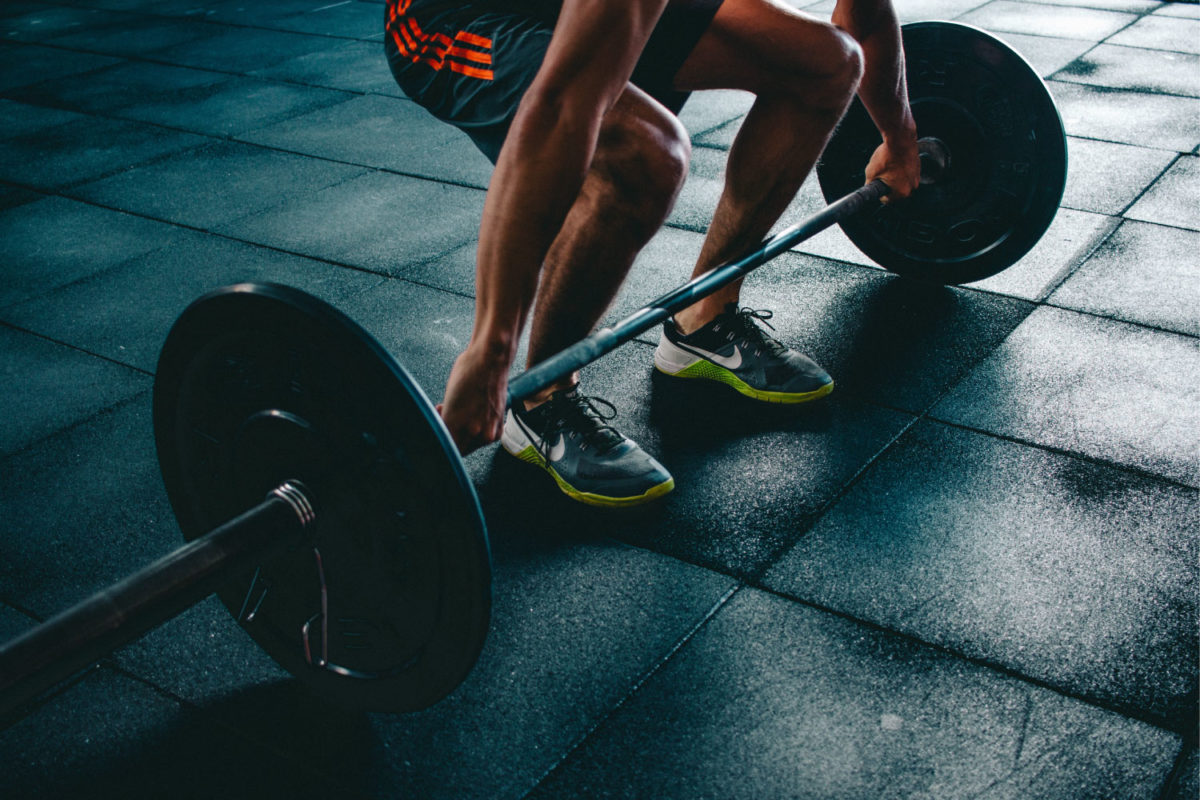By Wesley Gallagher
Let’s be honest, treatment for alcohol and drug abuse is no walk in the park. It requires a lot of energy, effort and change. It’s a time of self-evaluation and introspection, of looking at not just your addiction but all areas of your life to ensure that everything supports your goal of recovery. Fortunately, there are steps you can take while in treatment that will lay the foundation for lasting recovery, and one of them is literally a walk in the park.
Holistic Healing = Better Overall Health
 Obviously, the most important thing in treatment is to overcome the addiction you are there to treat. Detox, medication-assisted treatment, talk therapy and classes are all specifically aimed at targeting this primary disorder as well as any mental health or emotional issues that may coincide with it. All of these are necessary steps on the road to recovery.
Obviously, the most important thing in treatment is to overcome the addiction you are there to treat. Detox, medication-assisted treatment, talk therapy and classes are all specifically aimed at targeting this primary disorder as well as any mental health or emotional issues that may coincide with it. All of these are necessary steps on the road to recovery.
Emotional and mental health are key, but another important aspect of treatment is regaining your physical health and being able to leave treatment with the tools and skills you need to live a healthy life without the substances you used to depend on. Healing from addiction isn’t merely getting rid of the physical cravings, it’s being equipped to live a full — and fulfilling — life post-treatment.
Addiction’s Impact On Physical Health
Substance abuse often leads to a more sedentary lifestyle and a general lack of care for aspects of physical health like diet, exercise, and sleep.
Addiction is closely tied to mental and emotional health, which is why co-occurring treatment is such an effective form of recovery. Addiction cannot be fully addressed without also exploring the mental and emotional issues connected to that addiction. In fact, a high percentage of those who struggle with addiction also have a diagnosable mental health disorder.
But addiction is also intimately and inextricably tied to physical health. According to an article in the Journal of Mental Health and Addiction, substance abuse often causes harm to the body, in the form of lowered cardiovascular health, musculoskeletal degeneration, reduced blood flow and more. Substance abuse often leads to a more sedentary lifestyle and a general lack of care for aspects of physical health like diet, exercise, and sleep. In short, addiction can wreak havoc on the body.
Physical Health and Treatment
While this may sound like bad news, the good news about the connection between addiction and physical health is that improving your physical health during treatment can actually increase your success in recovery.
[I]mproving your physical health during treatment can actually increase your success in recovery.
Exercise has many proven benefits to mental and emotional health. It has been shown to elevate mood levels, reduce stress and increase immunity. In fact, as mentioned in an article on the Patient Empowerment Network, physical activity releases the same “feel-good” brain chemicals — dopamine, norepinephrine, and serotonin — that are released during drug and alcohol use. It can literally replace the role that substances have played in your brain, and even reverse much of the damage done by substance abuse.
So it’s no surprise that we actively incorporate exercise and physical health into our treatment programs. Patients have access to a beautiful full-size basketball and volleyball court, an open gym with free weights, an outdoor pool, a running trail, labyrinth, ping-pong, disc golf, yoga, and more. Watson realizes that addiction often involves more than just a loss of mental health, it negatively impacts physical health as well. That’s why he’s made it his mission to help people on the road to recovery by helping them recover their physical health. Along with group exercise classes, he offers individual coaching sessions based on patients’ specific needs.

De'Shaun Watson
Wellness Director
Physical Effects of Addiction
An individual’s physical issues can vary based on the substances used and the severity and length of addiction, but the following are common health problems that are experienced:
- Abnormal heart rate
- Respiratory issues
- Blood pressure dysregulation
- Abdominal pain
- Insomnia
- Constipation
- Nausea
- Muscle weakness
- Dehydration
- Kidney/liver damage
SOURCE: National Institute On Drug Abuse
Establishing healthy workout routines and eating habits won’t just help you during treatment, it will carry over to sustaining a healthy sobriety throughout your lifelong recovery. Habits like these are easy to continue on your own outside of treatment, which will make sustained recovery easier. According to a report on Harvard Medical School’s blog, studies show that exercise may even help people maintain abstinence. It can distract from cravings, add structure to the day, treat depression and anxiety, and provide positive social connections that are beneficial to recovery.
One of the best things about exercise is that it is something you can do on your own (or in community!) without the need for trained professionals or scheduled appointments, and often it’s free. There’s a reason we use the phrase “a walk in the park” to describe something easy — taking a stroll outside takes little effort and delivers amazing results.

